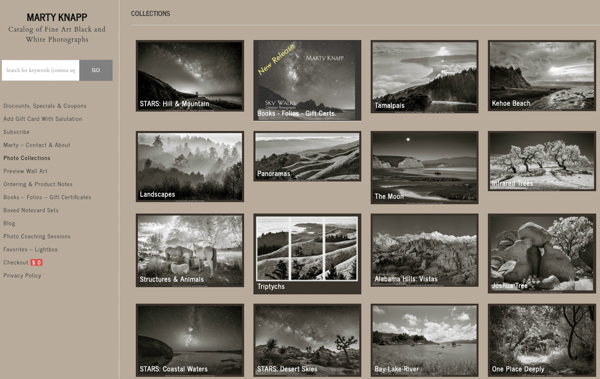
by successfulbob | art books, Guest Post, photography, photography books
The fifth, and final, installment of a five-part series on getting your photo book into print from my photographer friend Sara Frances. Start with Part One.
Getting your Book Out There
Thought you were done, once You’ve done a great design and edited away any little errors?! To make your book findable on the web, on Amazon, in libraries and stores you must have an ISBN (with barcode for the cover) and preferably also a Library of Congress number. The LOC is a free sign-up on line, the ISBN will cost $35 as of last report at Bowker.com. Don’t forget to copyright!
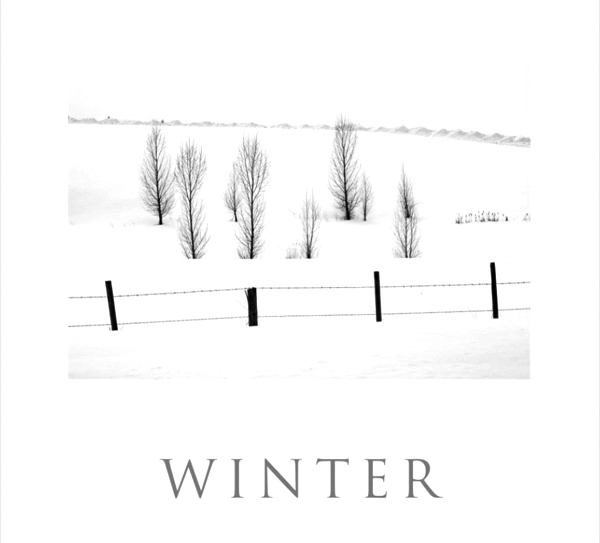
John Fielder is a star with his extensive line of fine landscape books and accessories; this image from Colorado Black on White. Note this is a chapter heading page, reading like a story.
Warehousing, distribution, wholesaling, fulfillment
You’re ready for the next part of the game: warehousing, distribution, wholesaling, fulfillment, and PR. Unless you have a huge garage, insured, heated to accommodate several pallets of heavy, bulky boxes, you need a distributor. And are you planning to take orders, pack and ship, take returns, vet stores for their business licenses and payment, collect and report sales taxes, keep track of inventory? Not a wrong answer; especially for a limited, short run doing this yourself makes sense.
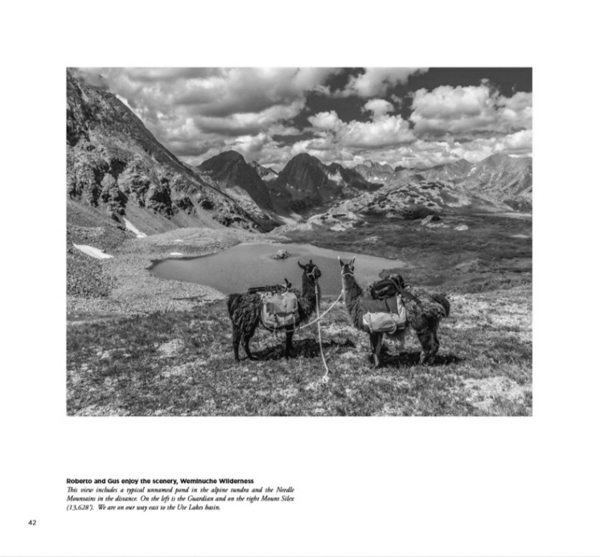
Here’s the reason I enjoy John’s work so much: he writes little experiences about his hikes, the weather and unexpected things he encounters in nature. Not just picture books!
A possible distributor
My distributor, Thin Air Collective is run by Melissa Serdinsky (formerly of Perseus and Ingram). She’s decided to go the small business route to help artists, photographers, memoirists, and poets in particular. She’ll do it all the warehousing, order taking, credit card orders, store vetting, fulfillment, and accounting for you for a minimal fee, and I tell you she knows everyone and everything in this highly volatile industry. Both wholesaling (to an outlet that offers books from many difference publishers as a convenient on-stopper to stores) and special purchase sales (bulk purchase to a library system, non-profit, or corporate incentive gift) are under her purview as well. Tell her I sent you: melissa@thinairpub.com.

Early on, John decided to fill a niche with a series of self-published, regional interest books. He does everything, including high profile web sales and in-person appearances at special interest events, not just book stores. He’s a consummate promoter.
Promotion
But you can’t just rest and expect the orders to come in. PR on virtually all books, even by high profile authors, require a hands-on approach by you! Gallery events, gallery or bookstore or other venue talks (don’t expect a fee, and some venues require a minimum guaranteed book purchase or an organizer fee.) Facebook and Instagram are essential. Blog and postings weekly to lure readers with extra content are essential. No, you don’t continually ask, “Buy my book!” You give readers tips and anecdotes and insider information they can’t get elsewhere. Your public wants a connection. Start a mail list for your book: ConstantContact or iContact seem to be favorites. Offer gallery prints as a special deal along with a signed copy of your hard bound edition. Have links that make it easy for people buy. It’s a continuing job, but the public will love you for the value they receive!

Marty Knapp is another fine promoter. He emphasizes fine art print sales, but books and accessories help support his gallery. His email list is probably equal to John’s—and the model for the rest of us as we get started!
Sara Frances
 Sara is a many-decades Master Photographic Craftsman out of Denver whose artistic focus has always been book making with images. Her albums won PPA merits starting well before digital capture, as well as for what is believed to be the first ever awarded portrait album. She has evolved from daily, shorter-term studio photography into exclusively special projects of long commitment. Her second hybrid photo/memoir art book, Fragments of Spirit, now published under her own mark, Photo Mirage Books, is available mid-December 2020.
Sara is a many-decades Master Photographic Craftsman out of Denver whose artistic focus has always been book making with images. Her albums won PPA merits starting well before digital capture, as well as for what is believed to be the first ever awarded portrait album. She has evolved from daily, shorter-term studio photography into exclusively special projects of long commitment. Her second hybrid photo/memoir art book, Fragments of Spirit, now published under her own mark, Photo Mirage Books, is available mid-December 2020.
Renewing her lifelong interest in creative writing, she was recently was accepted for Lighthouse Writers Workshop’s Poetry Collective, graduating a year later with a forthcoming hybrid work marrying over 275 manipulated iPhone images with 120 poems: What to Wear to Paradise.
Her three-year quest to learn all facets of the art book industry has influenced her to give back with hands-on publishing classes. She is a judge for the Independent Book Publishers Association (IBPA) and for Colorado Independent Publishers Association (CIPA.) She teaches for Osher Lifelong Learning Institute (OLLI) at the University of Denver, for PPA Super One Day seminars, and also mentors hybrid image/text projects.
To find Sara on social media search SaraFrancesPhotographer or email – imagination@photomirage.com

by successfulbob | photography gear
You’ve probably heard me mention the Platypod as a camera support tool I’ve been using. They liked my stuff I shared with them so much they made me a Platypod Ambassador. As such, they share the cool deals and there’s one going on for the holidays.
Here’s the skinny
This is the Platypod Max Macro bundle. (link includes other Black Friday deals still available as well). It starts with the Platypod Max. It includes Litra lights and ways to get them into position with goose-neck arms. Leveling screws and ways to attach your Platy to railings and trees. All you need to add is a ball head which is easy using the built in 3/8’s threaded post. In addition, you get the Platypod Ultra which is great for getting stability out on the trails hiking when weight is a concern or when you are on location.
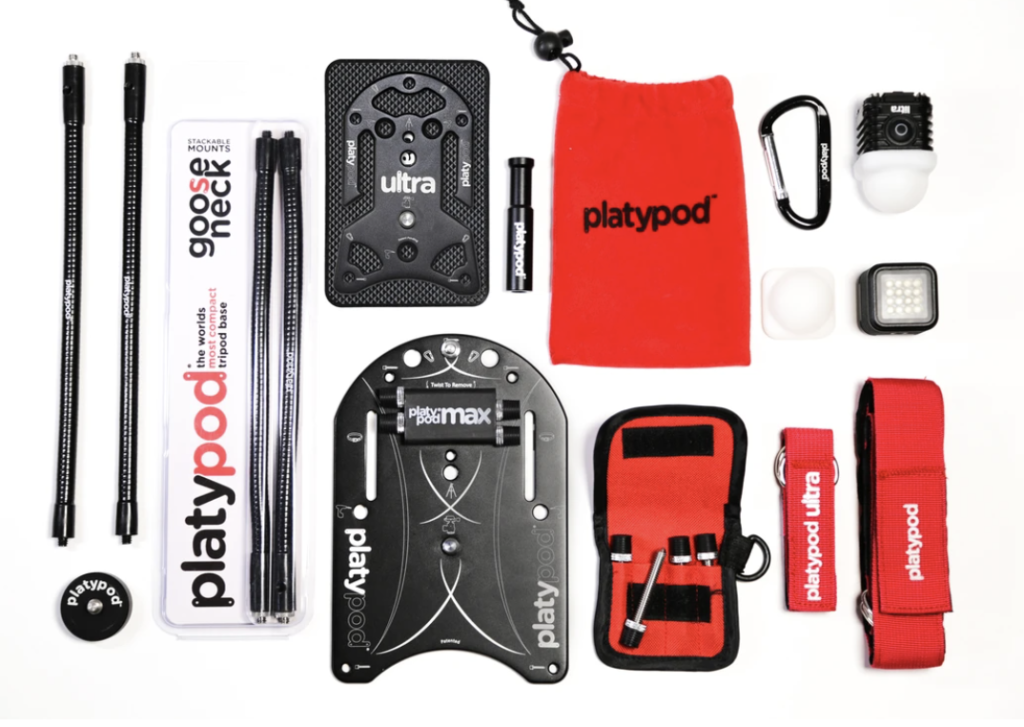
The $279 deal has all of this included so you can start to McGuyver too! Save $148
I wrote an article about McGuyvering with this stuff earlier this month. Check it out.
By the way, you save $148 bucks with this package.
If you have any questions give me a shout!
Yours in Creative Photography, Bob
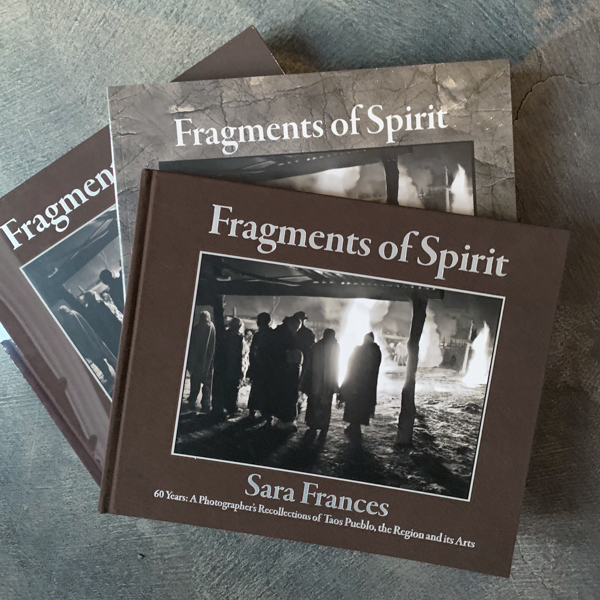
by successfulbob | art books, Guest Post, inspiration, photography, photography books
Number four of the five-part series on getting your photo book into print from my photographer friend Sara Frances. Start with Part One.
You are Designer and Editor
Paying outside services for book consultation, editing, cover, and design are the costs that put a book project out of reach to most photographers. Here’s the good news: your abilities with image making and with Adobe apps give you the tools to do this yourself. The power and facilities of Photoshop now provide almost everything you need; Both publishers and Adobe are noting that many books, including my own Fragments of Spirit, are now designed exclusively in Photoshop. Who better to select, sequence and design your photographic art into a beautiful book?

Cover of my own Fragments of Spirit showing both hard bound and soft bound versions. Note they must have separate ISBN numbers.
What do you need to know?
Once you’ve selected your eventual print house, query them about every detail of the specifications, and make a reference copy of all of this: file size and type, resolution, template, bleed margins, gutter, color space conversion, embedding images, vectors, layering, paper type and weight, cover stock, cover materials and debossing, single page or spreads, PDFs, FTPs, proofing, corrections, timing, delivery. You’ll be responsible for all of these, but it’s like paying yourself back for many things you already know how to do.
Three main pitfalls.
• Conversion to the specific CMYK required may make changes in your original file. Open the original and converted files side by side and compare as your monitor simulates that color space.
Go to View>Proof Setup>Custom and then a drop down menu. This is not sticky, so you have to recheck constantly, and it’s tricky to have two files open with different settings.
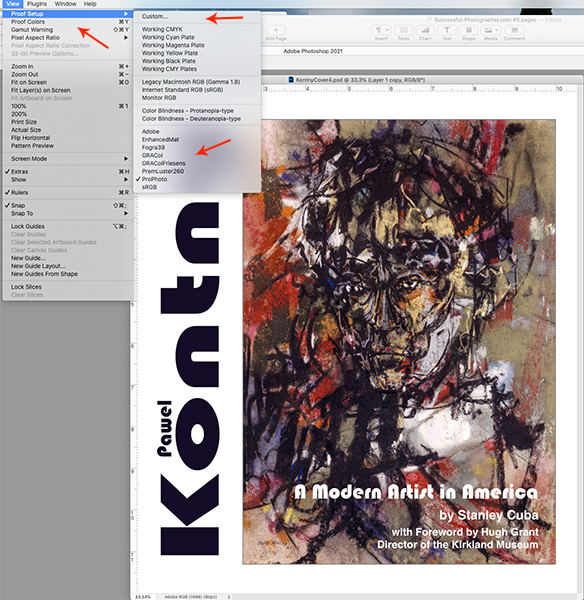
Where to find the Photoshop simulations of different color spaces. Click the Custom menu option for the long list, then save the ones you use most often lower down. Cover of an artist’s retrospective book I am currently designing for a museum.
• Different types of printing will require different contrast, saturation, and sharpness. This is an experience thing, and sometimes quite subtle. But you’re a stickler for precision, aren’t you? Ask (and pay) for a few pages in advance proofing to see directly what you need to do. Continuity is king. Sometimes proofing is with inkjet that will be similar, but not as sharp as the final printing, and possibly have a paper-driven color bias (this is not done on your studio Epson or Canon equipment.)
• Photoshop is a hybrid: not fully bitmap or vector in its file structure. Vector PDF submission is essential for all traditional offset printers I’ve encountered. I’ve found the easiest way to create the vector PDF is to open in Illustrator> convert layers to objects> save out as an Adobe PDF. Then Acrobat will take the single page or spread file and create one document. You’ll be uploading to the printer’s proprietary site.
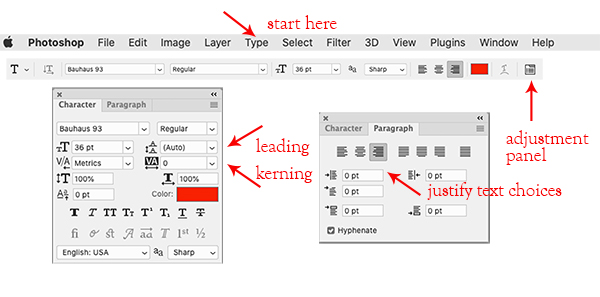
Settings that make you look like a seasoned pro with type manipulation in Photoshop.
Sound like a lot?
Not really, because you are only adding a few nuances to the skills for every piece of commercial work you manipulate and enhance.
Want more detail? Sign up for my Zoom online 8-week class at Osher Lifelong Learning Institute at the University of Denver, Boulder location. All teachers are unpaid volunteers. Next class starting 1/12/21.
Or, look for the next Professional Photographers of America Super One Day!
Sara Frances
 Sara is a many-decades Master Photographic Craftsman out of Denver whose artistic focus has always been book making with images. Her albums won PPA merits starting well before digital capture, as well as for what is believed to be the first ever awarded portrait album. She has evolved from daily, shorter-term studio photography into exclusively special projects of long commitment. Her second hybrid photo/memoir art book, Fragments of Spirit, now published under her own mark, Photo Mirage Books, is available mid-December 2020.
Sara is a many-decades Master Photographic Craftsman out of Denver whose artistic focus has always been book making with images. Her albums won PPA merits starting well before digital capture, as well as for what is believed to be the first ever awarded portrait album. She has evolved from daily, shorter-term studio photography into exclusively special projects of long commitment. Her second hybrid photo/memoir art book, Fragments of Spirit, now published under her own mark, Photo Mirage Books, is available mid-December 2020.
Renewing her lifelong interest in creative writing, she was recently was accepted for Lighthouse Writers Workshop’s Poetry Collective, graduating a year later with a forthcoming hybrid work marrying over 275 manipulated iPhone images with 120 poems: What to Wear to Paradise.
Her three-year quest to learn all facets of the art book industry has influenced her to give back with hands-on publishing classes. She is a judge for the Independent Book Publishers Association (IBPA) and for Colorado Independent Publishers Association (CIPA.) She teaches for Osher Lifelong Learning Institute (OLLI) at the University of Denver, for PPA Super One Day seminars, and also mentors hybrid image/text projects.
To find Sara on social media search SaraFrancesPhotographer or email – imagination@photomirage.com
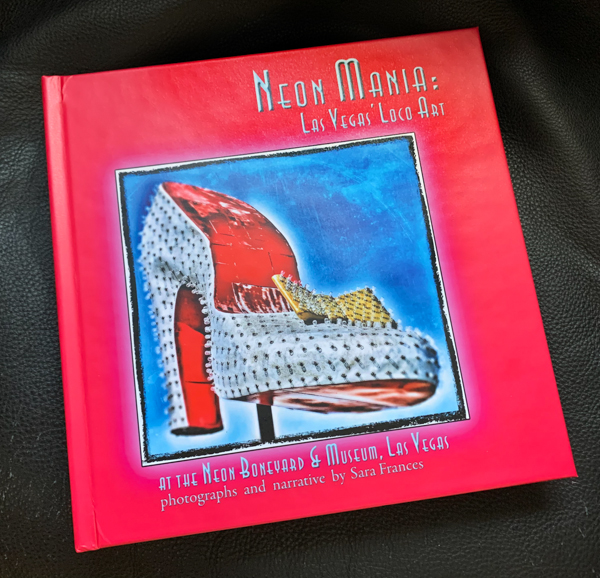
by successfulbob | art books, Guest Post, inspiration, photography, photography books
Number three of the five part series on getting your photo book into print from my photographer friend Sara Frances. Start with Part One.
Limited Editions
Sometimes it’s just plain too scary to dive in with a 1,000 unit press run. Here are four kinds of limited edition printing, also called short run, appropriate for different needs. There will be fewer technical requirements, and turn around is generally very quick.
Totally handmade art books, perhaps an “edition” of just one to 10 that are highly original possibly with unconventional materials, just a few pages, often hand-sewn and assembled. This is mostly the province of fine art galleries or very personal projects. OK, this one depends totally on the photographer’s skills and inventiveness.
An immediate family history, portrait, event, or wedding book with as many as 50-100 pages, generally printed by a photo lab like Miller’s, a specialty house like Finao or Azura, or Shutterfly online (the most accurate of the consumer-oriented, but very professional printers—in my experienced opinion.)
Or Traditional Offset Printing

My one-off, personal project about rescued neon signs of Las Vegas. Shutterfly lay flat 10×10˝.
Photographers who don’t finance a typical run of 1,000 or more units, and instead choose “on demand” printing, (or minimum quantity initial purchase,) to sell in their galleries, studios, and to their mailing list of followers.
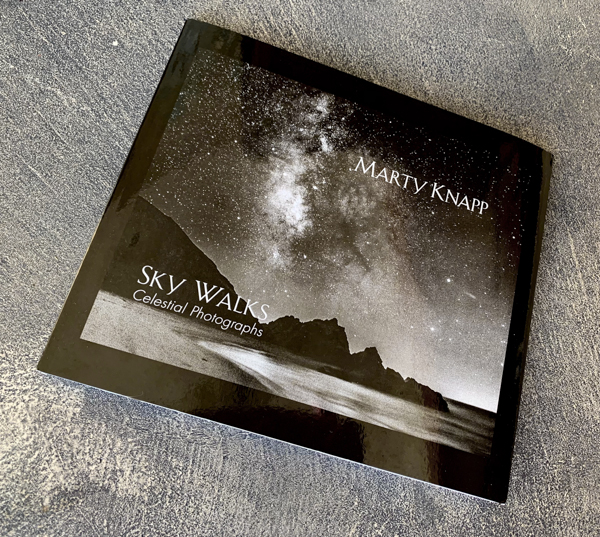
Cover of Marty Knapp’s gallery short run pre-paid order. BookMobile digital toner 8×8˝.
Pre-press proofing and review copies via a short run make it easy and cheap to take a last editorial dry run to revise minor faults in the complex printing concerns of precision color and content. This alone can save the heartache of simple errors discovered after the main print run is already in the warehouse and can’t be sold with confidence. I use this fail safe, intermediate step for all my books.
Big tip: Recommended examples of print houses that fulfill the last two needs are my favorite HFGroup.com (bookpartners.com) or BookMobile.com.
Money and relationship – full edition printing
When you’re ready to plunge into a full edition with a traditional offset printer, it’s about money and relationship. These two huge factors make it essential to choose a printer before you begin to design your book, seemingly putting the cart before the horse! It’s those niggling details that differ widely—the most costly error you could make is to design a 10×12” book only to find that 9.75×12” fits well with the printers equipment and would have cost $5,000 less. For me, the most important variant is the flavor of CMYK color space—the conversion to which may or may not mesh well with your original RGB files.
Time
The traditional route will take a good deal longer, but provide all sorts of quality controls along the way. Of course you’ll be footing the bill yourself for a large number of units, unless you can write a grant or raise Kickstarter-type funds. It’s true that the most economical book printers are off shore. Hong Kong, Peoples Republic, Turkey, Singapore, Korea, Canada. Fortunately there are many print brokers state side. Big advantage to deal locally, contract locally, and pay locally. You’ll easily save 60% or more and be confident that these companies are highly experienced in book printing. Of course you can also email with on-site tech to express your needs more fully—it’s been effective and prompt to ask questions of the actual factory. Totally exciting to partner and watch (even from a distance) the process unfold. For suggestions for getting bids, please email me at SaraFrancesPhotographer@gmail.com.
Sara Frances
 Sara is a many-decades Master Photographic Craftsman out of Denver whose artistic focus has always been book making with images. Her albums won PPA merits starting well before digital capture, as well as for what is believed to be the first ever awarded portrait album. She has evolved from daily, shorter-term studio photography into exclusively special projects of long commitment. Her second hybrid photo/memoir art book, Fragments of Spirit, now published under her own mark, Photo Mirage Books, is available mid-December 2020.
Sara is a many-decades Master Photographic Craftsman out of Denver whose artistic focus has always been book making with images. Her albums won PPA merits starting well before digital capture, as well as for what is believed to be the first ever awarded portrait album. She has evolved from daily, shorter-term studio photography into exclusively special projects of long commitment. Her second hybrid photo/memoir art book, Fragments of Spirit, now published under her own mark, Photo Mirage Books, is available mid-December 2020.
Renewing her lifelong interest in creative writing, she was recently was accepted for Lighthouse Writers Workshop’s Poetry Collective, graduating a year later with a forthcoming hybrid work marrying over 275 manipulated iPhone images with 120 poems: What to Wear to Paradise.
Her three-year quest to learn all facets of the art book industry has influenced her to give back with hands-on publishing classes. She is a judge for the Independent Book Publishers Association (IBPA) and for Colorado Independent Publishers Association (CIPA.) She teaches for Osher Lifelong Learning Institute (OLLI) at the University of Denver, for PPA Super One Day seminars, and also mentors hybrid image/text projects.
To find Sara on social media search SaraFrancesPhotographer or email – imagination@photomirage.com
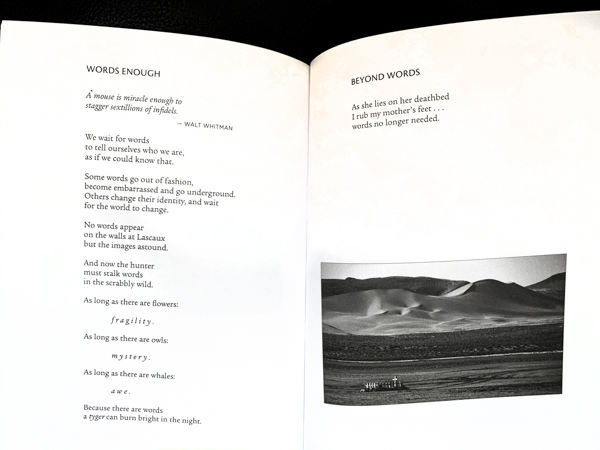
by successfulbob | art books, Guest Post, inspiration, photography, photography education
My photographer friend Sara Frances shared her trials and tribulations of self-publishing a photo book. This is part two of a five part series. Read on for some great ideas. (Editor) Start with Part One
Publishing Path Part Two
In this issue we’re tackling the conception of your book to the birth; the first three steps. Concept, audience and content. Most artists and photographers would incorrectly argue that their art is the first thing to be considered. At least not when a book is the concept.
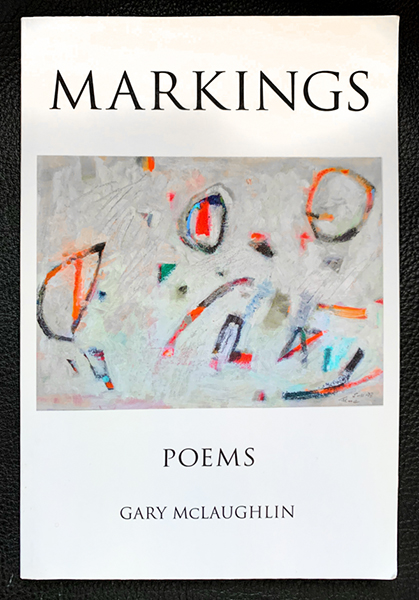
Gary McLaughlin and longtime friend Glory Ann Penington teamed up in a self-published Blurb printing, now to be reissued with a commercial printer to get serious about selling.
What is your concept?
Ask what you have to say as an art photographer. Your theme, favorite subject, particular style, longtime project—what you believe in as an artist, what moves your soul. This is not a portfolio; nothing like what we do every day for our clients and to attract new ones. To be viable, a photo book cannot be a loose collection, but must tell a cohesive story—the story you are simply itching to tell!

Yes these artists know each other well; fitting images to the words and vice versa is a powerful combination.
Define your audience
Then the next question is to define the audience for that specific story. The scope of potential audience determines quantity print run as well as whether a specific topic will gain traction. Call it market research, or just plain search, for salability. This means going to book stores, photo book stores, and internet. But that’s not all: gift stores, museums, art galleries that offer photography are the next rung of outlets where you book might find a welcoming audience. How about new age or inspirational stores, even hospital gift shops! How about non-profit schools or nature institutions (that’s called special sales)?
Control your sales
Do you want to capitalize on a current trend or do you want to strike out to fill a topic niche that you feel is under-represented? Here are three approaches for controlling costs and expanding audience.
• Since the documented sales of most limited edition art photo books is 80 copies or less, you may choose a very limited run that you are sure you can see to family and friends—say 50 copies. Many art and poetry book printers require a commitment of this quantity as a pre-condition. Not a wrong answer.
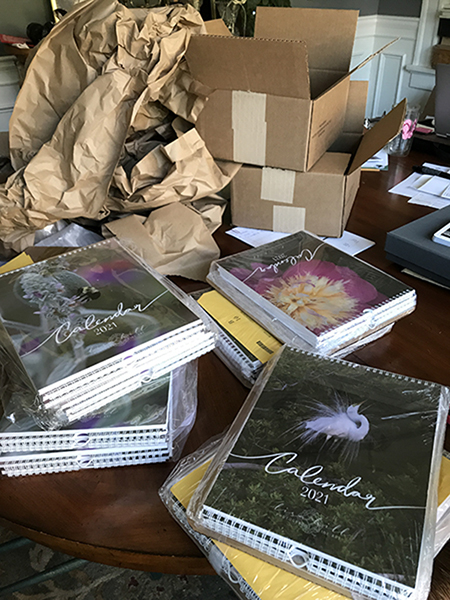
Master Photographer Lisa Hill teamed up with three non-profits she is passionate about to offer calendars of her art work, entirely for their benefit—and no up-front cost to her
• If you want to scale your potential sale numbers, the collaborative route will open doors. Team up with an author, and your mail list more than doubles: yours, the author’s, and people interested in hybrid works. Added value.
• Teaming with a special interest non-profit that is involved in the subject of your images has potential, assuming the product is something the charity’s public will get behind. Be prepared to provide significant percent of monetary return as well as doing a significant part of the marketing and all of the fulfillment.
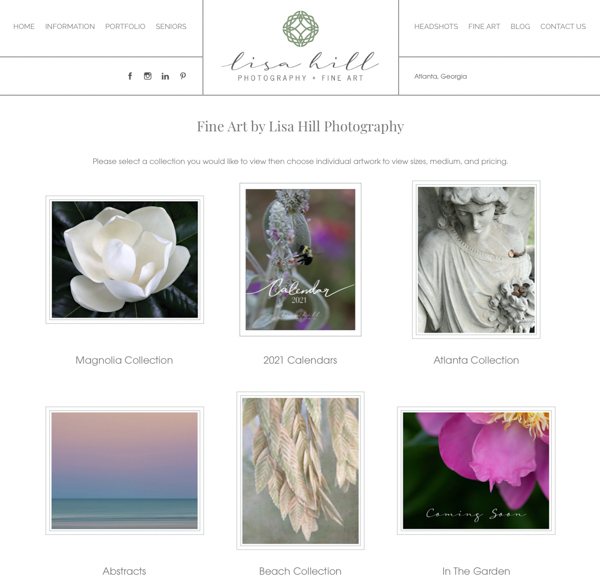
Lisa is a demon social media self promoter. Her line of art prints, calendars, cards and commercial work all feed off each other. Note her lovely logo and signature.
Sara Frances
 Sara is a many-decades Master Photographic Craftsman out of Denver whose artistic focus has always been book making with images. Her albums won PPA merits starting well before digital capture, as well as for what is believed to be the first ever awarded portrait album. She has evolved from daily, shorter-term studio photography into exclusively special projects of long commitment. Her second hybrid photo/memoir art book, Fragments of Spirit, now published under her own mark, Photo Mirage Books, is available mid-December 2020.
Sara is a many-decades Master Photographic Craftsman out of Denver whose artistic focus has always been book making with images. Her albums won PPA merits starting well before digital capture, as well as for what is believed to be the first ever awarded portrait album. She has evolved from daily, shorter-term studio photography into exclusively special projects of long commitment. Her second hybrid photo/memoir art book, Fragments of Spirit, now published under her own mark, Photo Mirage Books, is available mid-December 2020.
Renewing her lifelong interest in creative writing, she was recently was accepted for Lighthouse Writers Workshop’s Poetry Collective, graduating a year later with a forthcoming hybrid work marrying over 275 manipulated iPhone images with 120 poems: What to Wear to Paradise.
Her three-year quest to learn all facets of the art book industry has influenced her to give back with hands-on publishing classes. She is a judge for the Independent Book Publishers Association (IBPA) and for Colorado Independent Publishers Association (CIPA.) She teaches for Osher Lifelong Learning Institute (OLLI) at the University of Denver, for PPA Super One Day seminars, and also mentors hybrid image/text projects.
To find Sara on social media search SaraFrancesPhotographer or email – imagination@photomirage.com





 Sara is a many-decades Master Photographic Craftsman out of Denver whose artistic focus has always been book making with images. Her albums won PPA merits starting well before digital capture, as well as for what is believed to be the first ever awarded portrait album. She has evolved from daily, shorter-term studio photography into exclusively special projects of long commitment. Her second hybrid photo/memoir art book, Fragments of Spirit, now published under her own mark, Photo Mirage Books, is available mid-December 2020.
Sara is a many-decades Master Photographic Craftsman out of Denver whose artistic focus has always been book making with images. Her albums won PPA merits starting well before digital capture, as well as for what is believed to be the first ever awarded portrait album. She has evolved from daily, shorter-term studio photography into exclusively special projects of long commitment. Her second hybrid photo/memoir art book, Fragments of Spirit, now published under her own mark, Photo Mirage Books, is available mid-December 2020.



















